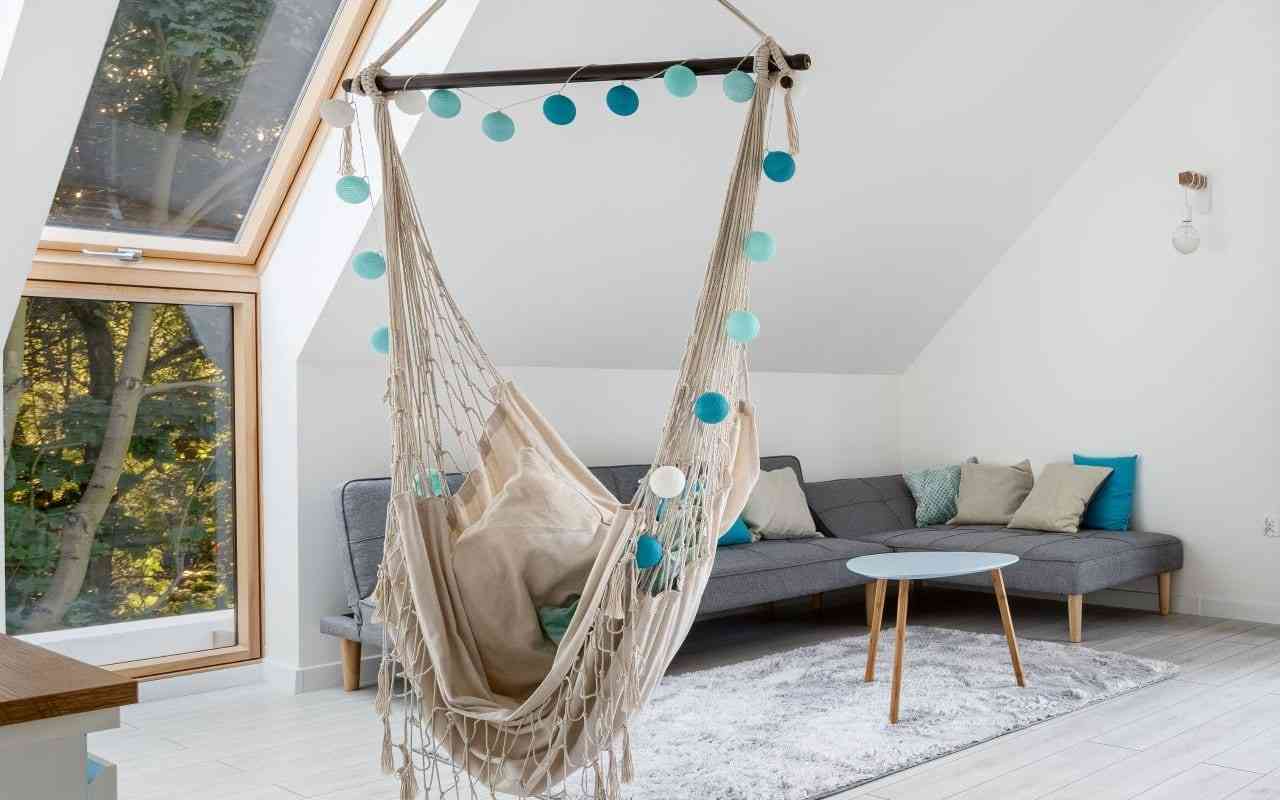
People with autism are commonly hypersensitive to their surroundings, from visual aspects to sounds and texture. Taking steps to make your home sensory-friendly will go a long way toward creating a more calm and comfortable environment. Explore our top six sensory-friendly interior design tips and see which ideas you could implement in your own home.
1. Use soothing colors
It is usual for people with autism to experience sensory overload when in a chaotic environment. Vibrant colors, a multi-color room scheme, and bold patterns can leave an autistic person distracted and unable to focus. Sticking to a neutral color palette and avoiding busy wallpaper and curtains is best.
2. Minimize clutter.
Having too many objects in your rooms can be stressful and make the space feel confusing and claustrophobic. Take steps to minimize clutter, such as tidying away loose everyday objects in drawers or cupboards and keeping windowsills and tables completely clear. For small rooms in particular, try to avoid overcrowding with furniture.
3. Control noise levels.
In addition to visual stimuli, those with autism can be hypersensitive to sound. Constant noise that many may filter out, such as buzzing electrical objects, and loud bangs are especially distressing. Consider turning off electrical items when not in use and be careful to avoid unexpected loud noises such as a door slamming shut. Installing specially-designed fixtures like soft-close toilet seats and kitchen drawers helps to minimize the chance of clangs on an everyday basis.
4. Ensure soft lighting.
It is also important to control the light levels in the home as far as possible. Natural light is more soothing than artificial light which can often be harsh, especially from overhead light fittings. In the evening, ensure soft lighting for a calming ambiance: this can be achieved with strategically-placed lamps or dimmer switches for overhead lighting. Consider bedroom blackout curtains to aid sleep.
5. Choose friendly fabrics.
Many people with autism also have heightened tactile perception, more commonly referred to as ‘touch’. Scratchy or stiff materials that are often synthetic can cause discomfort and create a sense of tension. Choose sensory-friendly fabrics for your furniture to ensure that the rooms are relaxing, such as cooling cotton or bamboo bedding and towels and soft upholstery coverings for sofas and chairs.
6. Create a sensory space
If you have enough room, consider creating a designated sensory space. This can be designed as an escape from sensory stimuli, or a safe space where sensory stimuli can be deliberately explored. Both of these options can help people with autism to regulate sensory input and are a great ‘rest’ area for when they need a break. A cozy den with a sensory swing or sensory chair makes a great retreat, or you can designate an entire room with specialized lighting, sound, and tactile stimuli.
More Autism & Neurodiversity Resources in The Ability Toolbox
- Calm Strips: A Complete Guide to Fidget Stickers for Anxiety, Autism, & ADHD
- The Ultimate Executive Dysfunction Self-Help Guide: Coping Skills to Help You Thrive
- All About Autism Masking and Camouflaging
- Sensory Lights for Autism and ADHD: A Guide
- Awesome Autism Books Written by Actually Autistic Authors
Image by in4mal via Deposit Photos
Hey I'm Olivia and I'm a proud Autistic woman. My special interests are cats, stim toys, and electronic music! I love to write and help other Autistic adults find ways to enjoy life in this LOUD world!


















